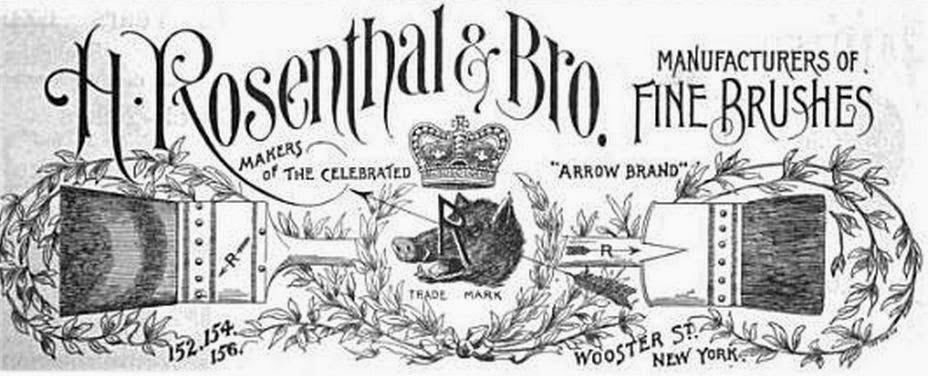Elsewhere, we have researched the creation of Fayette and Union counties, as well as the legend of the lost courthouse, so no point dogging that cow.
Rehashing for effect, in the period between 1819 and 1821, Franklin County was sliced essentially in half. There's nothing especially odd about that.
Of the 92 Indiana counties, a vast number of them were once called Wayne's Purchase, which ran from Detroit to Buenos Aires, which is in Brazil. Well, slightly overstated, but the need to supply government to the people increased exponentially as the number of people increased.
Fairfield's northern neighbor, also known as Harmony Township, was formed in 1826. A number of the original settlers, including some of the Hanna-Templeton clans, found themselves in a different jurisdiction by the stroke of a pen.
According to the Union County historical Atlas of 1884, "An election was ordered to be held on the second Saturday of April, for the purpose of electing an additional Justice of the Peace for the new township; place specified was at the house of Jeremiah Corey; Robert A. Templeton was appointed as Inspector of Election."
Harmony Township remained completely rural for its entire existence. Its only community was Quakertown. Its current community is a series of bait and boat sales shops.
The description of the township won't be much a surprise to anyone who traveled it, looking for mushrooms or blackberries, or grizzly bears. Well, maybe a few Teddy bears up around Roseburg ....
"The surface of the country is quite broken, owing to the presence of the East Fork of the Whitewater Rivers, which traverses the territory a little west of its center, north and south, with its several tributaries, the largest of which are Hanna's Creek and Dubois Creek, on the east, and Eli's Creek on the west."
The essay says the soil was fertile, "having a limestone base that is naturally recuperative and self-supporting. Its soil is well adapted to cereals of all kinds, and heavy yields of corn and wheat annually enrich the garners of husbandman."
 (Glory be, the husbandman!)
(Glory be, the husbandman!)As well, "its principle article of commerce is the Poland-China hog, or similar breeds of what has been termed the "American Idol."
(So, that's a hog?)
Harmony Township is where John Templeton and Joseph Hanna set up husbandsmanship in September, 1804. The two men were connected in their time in Laurens County, S.Carolina, prior to staking out the Whitewater Valley for homesteading.
The Atlas includes some interesting names. Reportedly, Catherine H. Templeton, who eventually married a man named George Newland, was born on July 15, 1805 -- the first white child born on the East Fork.
Among the other early settlers in Harmony Township were:
1804: William Cunningham, James Taylor.
1805: John Ewing, Martin Baum.
1806: Hugh Abernathy, Jacob Boyd, James Piper, Joel Williams, Alexander Dubois, Isaac Dubois, John Dickison, William Dubois, George Hollingsworth, Matthew Brown.
1807: David Huston, William Carter, Samuel Huston.
1808-09: Amasiah Elwell, William Sparks.
Abernathy eventually was one of the original platters for the town of Fairfield, in 1815.
Photo: The Templeton cabin, built in 1805, was moved to the grounds of the Union County Courthouse in Liberty in 1980.
Map: What's left of Harmony Township.











































